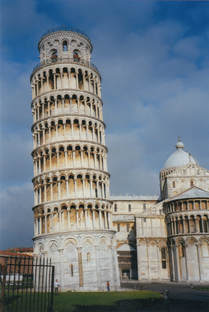
Instantly, two shiny Carabinieri cars spilled uniformed officers on both sides of us. Cathy, who happened to be at the steering wheel, rolled down her window. The officers told us in emphatic Italian, with gestures, what we were guilty of, but we already had a good idea. Larry and I knew a little Italian, so we tried to communicate that it all was a mistake.
"Abbiamo fatto uno stupido errore," we admitted.
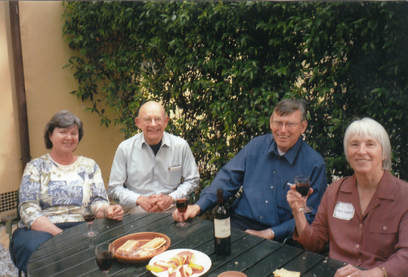 Sherrill, Bruce, Larry, & Cathy on patio, Migliarino
Sherrill, Bruce, Larry, & Cathy on patio, Migliarino As stupido as we might be, sometimes, we'd known better than to drive into the center of Florence, so we'd parked in Pisa and ridden a local train the rest of the way for our second of three days exploring the city. Now, we were in Pisa again, on the way—we hoped—back to the farm. The town, however, was a jumble of one-way streets. Somehow, we'd got trapped on one so narrow that it was impossible to turn around, but with no cross street onto which we could escape. The only person we passed was a man who gave us a perplexed look as he folded a sidewalk cafe umbrella. Then, we saw a pair of open gates ahead.
It seemed like the only option, but as soon as we passed through the gates we confronted Pisa's famous campanile and its guards.
The officer at Cathy's window copied information from her license while tossing out a series of questions in rapid Italian. Eventually, though, he seemed to relent and told her how we could get out of Pisa, despite the one-way streets, and onto the road for Migliarino. It probably was obvious to him that we weren't clever enough to be terrorists. As soon as we were back in our little two-bedroom, two-bath apartment, we opened a bottle of wine and celebrated our escape.
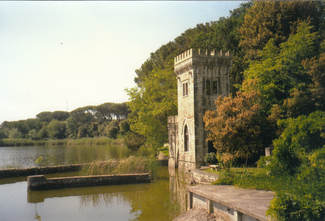 Puccini's Torre del Lago
Puccini's Torre del Lago 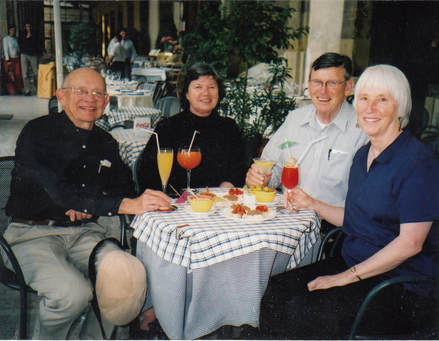 Friends enjoying the best of Tuscany
Friends enjoying the best of Tuscany The young man gassing up his motorcycle certainly was friendly and willing to help. He listened patiently to me and seemed to understand my Italian and answered my question with great detail, even as he got ready to get back on the road. The problem was that half of his words were lost in the plastic dome of his helmet. Then, before I could ask for clarification, he grinned, jumped on his motorcycle, and shot off with a roar.
Somehow, though, we always made it back to Migliarino.
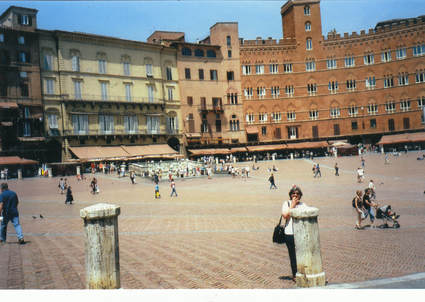 Sherrill, Piazza del Campo, Siena
Sherrill, Piazza del Campo, Siena 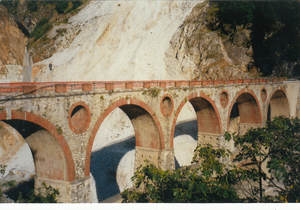 Historic bridge, marble quarries, Carrara
Historic bridge, marble quarries, Carrara 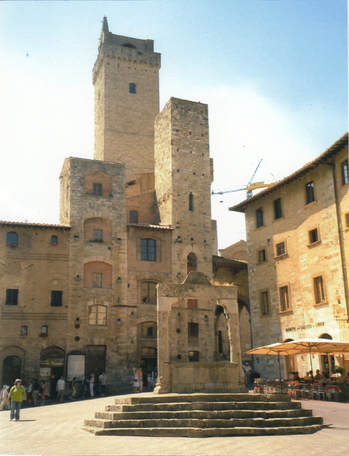 San Gimignano piazza and towers
San Gimignano piazza and towers It was true, as we drove between towns, carefully following our maps in that pre-GPS era, sooner or later we saw that we were targeting an exit that would take us to Bologna. Whoever was driving then had to do some fancy maneuvering to keep us from being swallowed by that huge city. We decided that it was a plot of whoever had put up the road signs, but we defeated their evil intent and enjoyed dinner accompanied by a show of fireflies back at our farm.
It would've been a challenge to say which of the hill towns we visited—Monterchi, Pistoia, Volterra, Barga, Cortona, or another—was the most beautiful, but the most memorable for us may have been Arezzo, where Piero della Francesco spent most of his life—and where we toasted Larry at his birthday dinner at an outdoor restaurant on the Piazza Grande. Of course, we prowled around the city, seeking out Piero's paintings. At one point during the day, while Larry—the art historian among us—was explaining some of the technical aspects of renaissance painting, other visitors began gathering around, also listening.
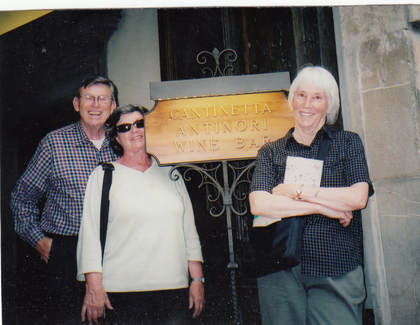 Sherrill being attacked by Florence wine bar sign, with Larry and Cathy
Sherrill being attacked by Florence wine bar sign, with Larry and Cathy "No, it's not a class," Cathy answered. "He just knows a lot."
With a smile, Larry told them that they could listen if they wanted. They gratefully accepted his offer and even asked questions. After a while, we continued along the Piero trail, seeking more of the master's paintings.
It hardly mattered which town we were in, we always were surrounded by beauty, both natural and manmade—as well as superb food and wine.
"And gelato," the others would be quick to add.
"Why don't we stay here?" we asked each other more than once, meaning Italy. "Can it get better than this?
Right then, I'm sure that all four of us would have agreed that life couldn't possibly be any better.
To be continued....
If you find these posts interesting, why not explore the rest of my website, too? Just click on the buttons at the top of the page and discover where they take you—including a bio, information about my four novels, along with excerpts from them, and several complete short stories.
Please pass the posts on to anybody else you think might enjoy them.
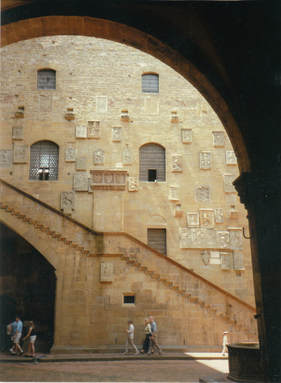
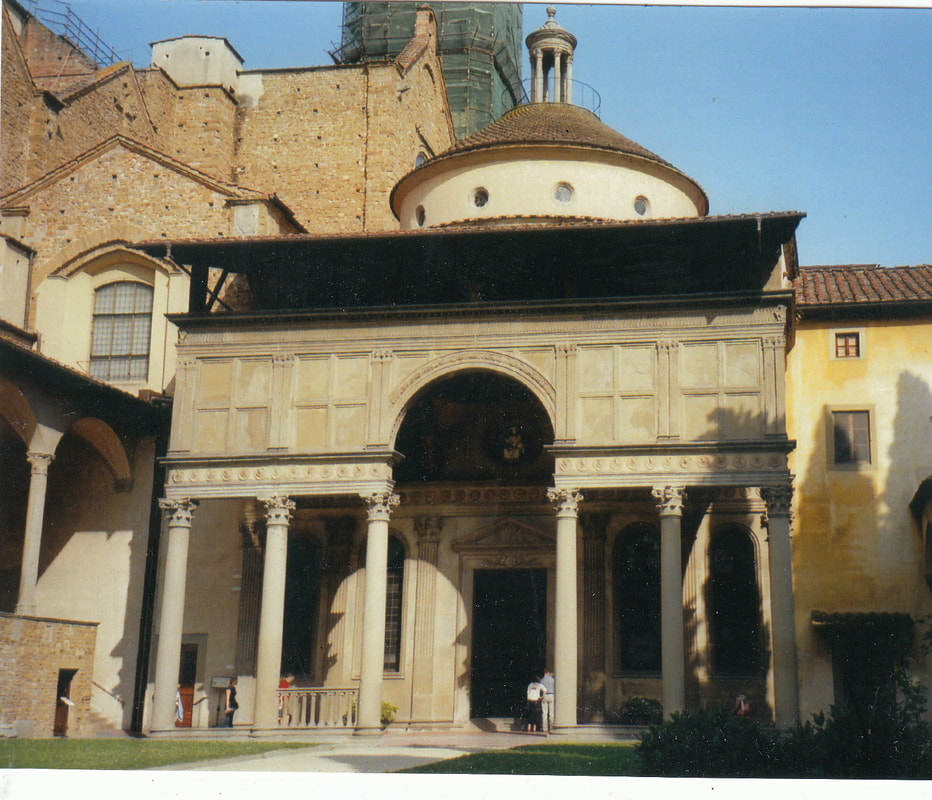
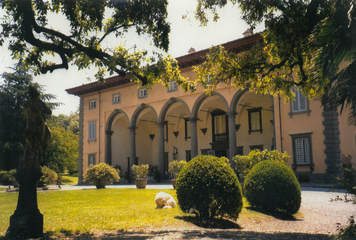
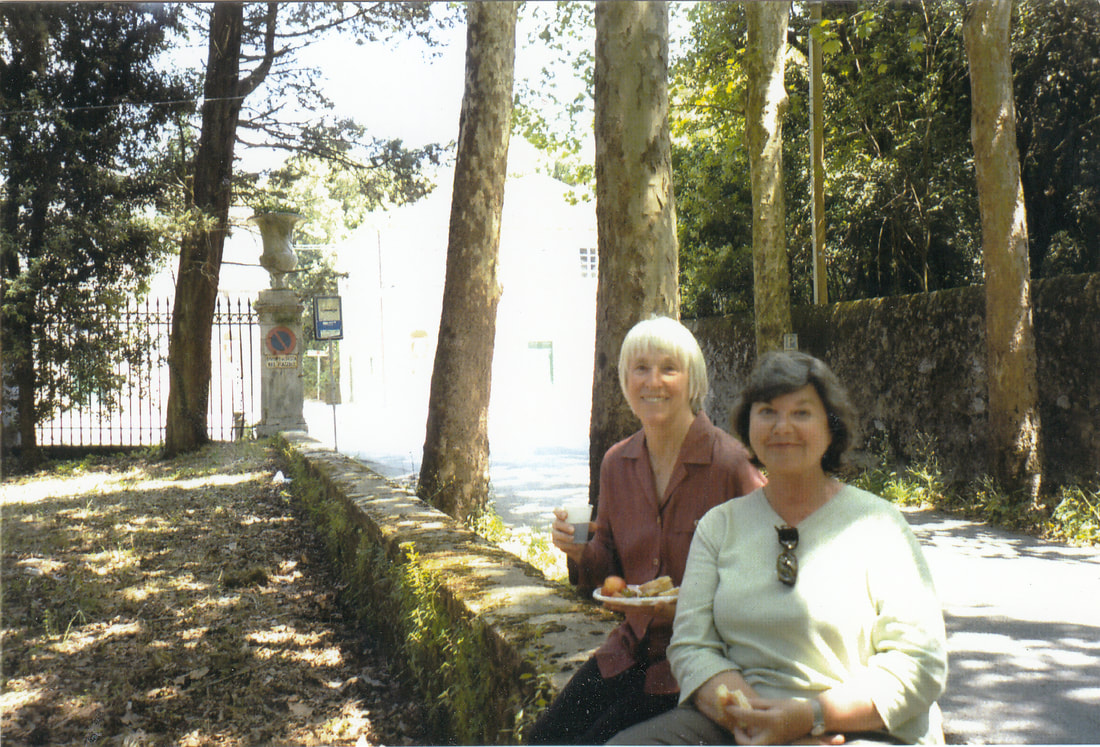
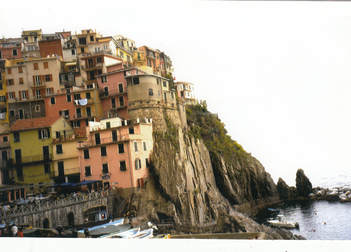
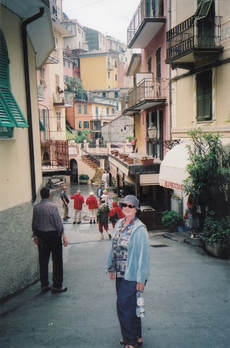
 RSS Feed
RSS Feed